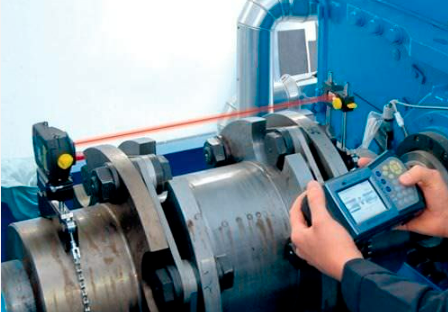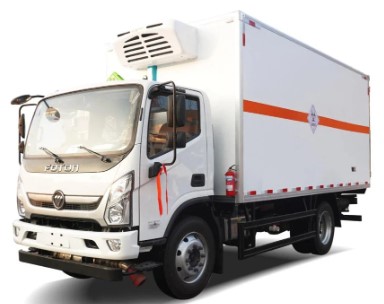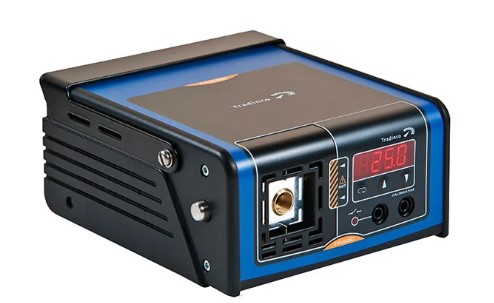
Laser haft Alignment system calibration and support
Laser shaft alignment, also known as coupling alignment, is a popular choice among shaft alignment tools, as it involves aligning two or more rotating shafts in a straight line, ensuring they are rotating on a common axis (coaxial) by examining both the vertical and horizontal planes. Other options include straight edges, optics, feeler gauges, dial indicators, or calipers.
HOW LASER ALIGNMENT WORKS
Laser alignment systems are devices that use a laser emitter and a laser sensor to measure the alignment of two shafts. The laser emitter is mounted on one shaft and the laser sensor is mounted on the other. In a single beam laser setup, the laser emitter shoots a laser across the shaft to the sensor, while in dual beam laser setups, both sides emit a laser and act as sensors. The laser sensors send the information to a display unit or tablet, which displays the alignment. The goal is to get the equipment as close to coaxial as possible. The software considers manufacturer's allowable tolerances to determine if realignment is necessary. Most laser shaft alignment systems perform calculations and display them graphically to aid in the alignment process.
Laser alignment is a crucial maintenance process for critical equipment in facilities, establishing a baseline and allowing for year-over-year alignment changes. It is also used to check recent equipment installs after 3-6 months of operation to ensure they operate with designed parameters. Improper shaft alignment is responsible for 50% of all rotating machinery breakdowns, causing vibration, high loads on seals, packing, couplings, bearings, temperature fluctuations, friction, energy loss, and motor failure. Proper alignment reduces lubricant usage and noise.




